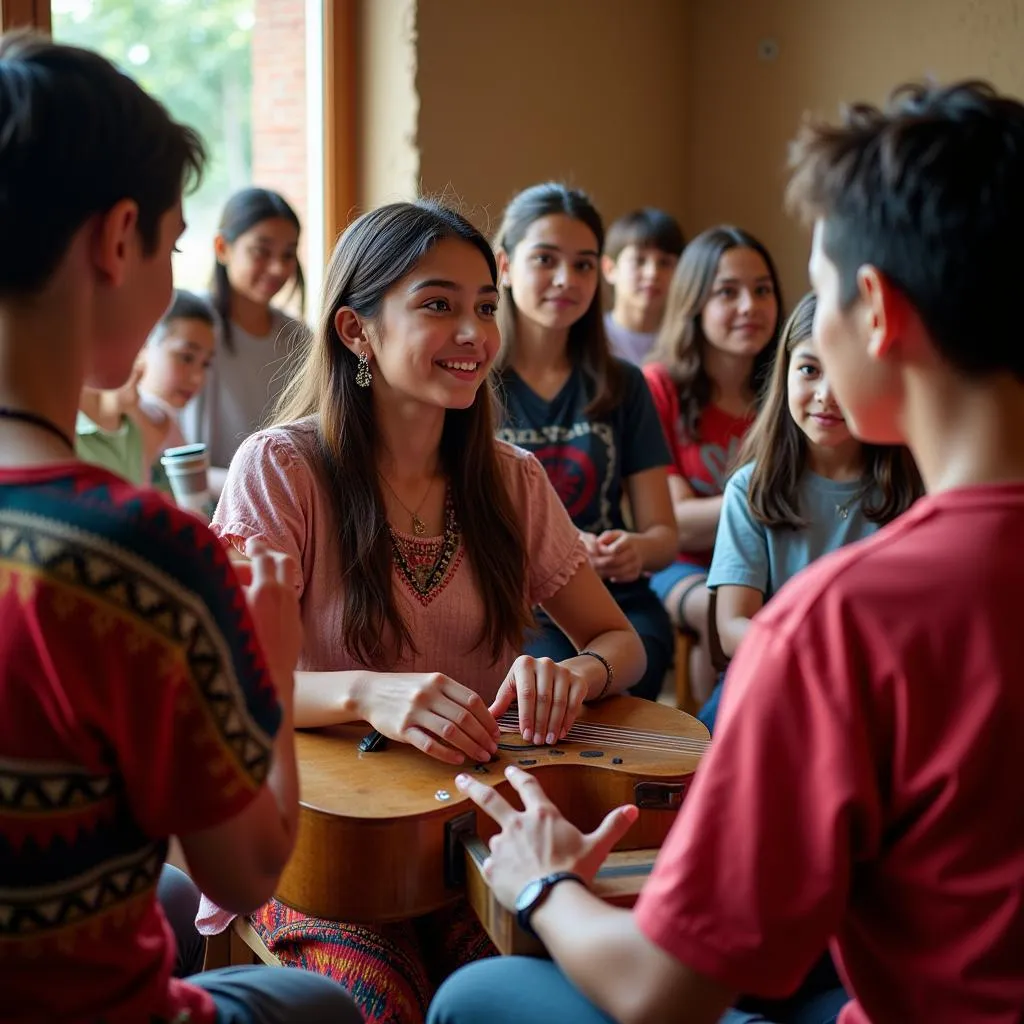Preserving the Soul of Culture: Exploring the Significance of Legacy Performing Arts
Legacy Performing Arts, deeply rooted in cultural heritage and traditions, serve as a vibrant tapestry of human expression. They encompass a rich spectrum of artistic disciplines passed down through generations, captivating audiences and preserving the essence of bygone eras. From the intricate footwork of traditional dances to the evocative melodies of ancient musical forms, legacy performing arts offer a glimpse into the soul of a culture, reflecting its history, beliefs, and values.
Unveiling the Past: How Legacy Performing Arts Connect Us to Our Roots
Legacy performing arts act as a bridge connecting the past, present, and future. They provide a tangible link to our ancestors, allowing us to experience history not just through textbooks but through the raw emotions and stories conveyed through artistic forms. Imagine witnessing a centuries-old dance drama, its movements echoing tales of love, loss, and triumph – it’s like stepping back in time, feeling the resonance of emotions that have transcended generations.
These art forms often carry within them the echoes of cultural exchanges and historical events. The influence of trade routes, migrations, and even conflicts can be observed in the evolution of musical styles, dance forms, and theatrical traditions. By studying these nuances, we gain a deeper understanding of how cultures interacted and shaped one another throughout history.
More Than Entertainment: The Social and Cultural Impact of Legacy Performing Arts
 Community members participating in a cultural festival
Community members participating in a cultural festival
Legacy performing arts are far more than mere entertainment; they are integral to the social fabric of many communities. They provide a sense of identity and belonging, fostering a shared cultural heritage that unites individuals across generations.
Consider the role of traditional music and dance in communal celebrations, rituals, and ceremonies. These art forms often lie at the heart of these gatherings, strengthening social bonds and reinforcing cultural values. The rhythmic beats of drums, the synchronized movements of dancers, and the collective singing create a powerful sense of unity and shared experience.
Moreover, legacy performing arts play a vital role in transmitting knowledge, values, and traditions from one generation to the next. In many cultures, these art forms are taught orally and through apprenticeships, ensuring the continuation of cultural practices that might otherwise be lost in our rapidly changing world.
Keeping Traditions Alive: The Challenges and Future of Legacy Performing Arts
 Young people attending a traditional performing arts class
Young people attending a traditional performing arts class
In a world increasingly dominated by modern entertainment and digital media, preserving legacy performing arts presents unique challenges. The allure of contemporary art forms, coupled with shifting societal values and the pressures of globalization, can make it difficult to maintain interest and support for traditional practices.
However, amidst these challenges lies a growing movement to revitalize and reimagine legacy performing arts for contemporary audiences. Artists and cultural organizations are exploring innovative ways to make these traditions relevant and engaging for younger generations, incorporating modern elements while staying true to the essence of the art forms.
Conclusion: A Legacy Worth Preserving
Legacy performing arts are not relics of the past but living traditions that continue to inspire, educate, and connect us to our shared human heritage. By supporting these art forms, we contribute to the preservation of cultural diversity, foster a sense of belonging, and ensure that the stories and traditions of our ancestors continue to resonate for generations to come.
